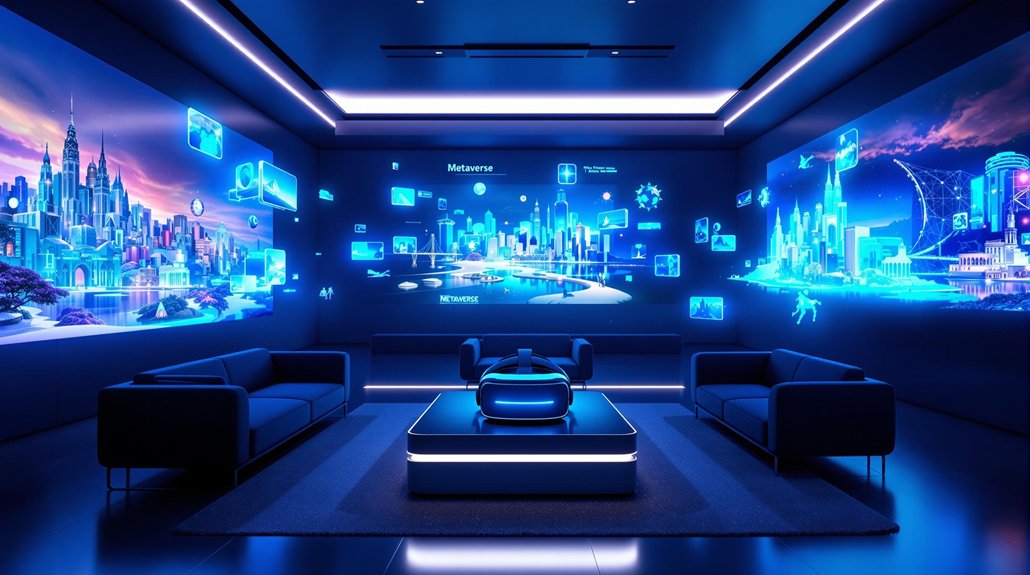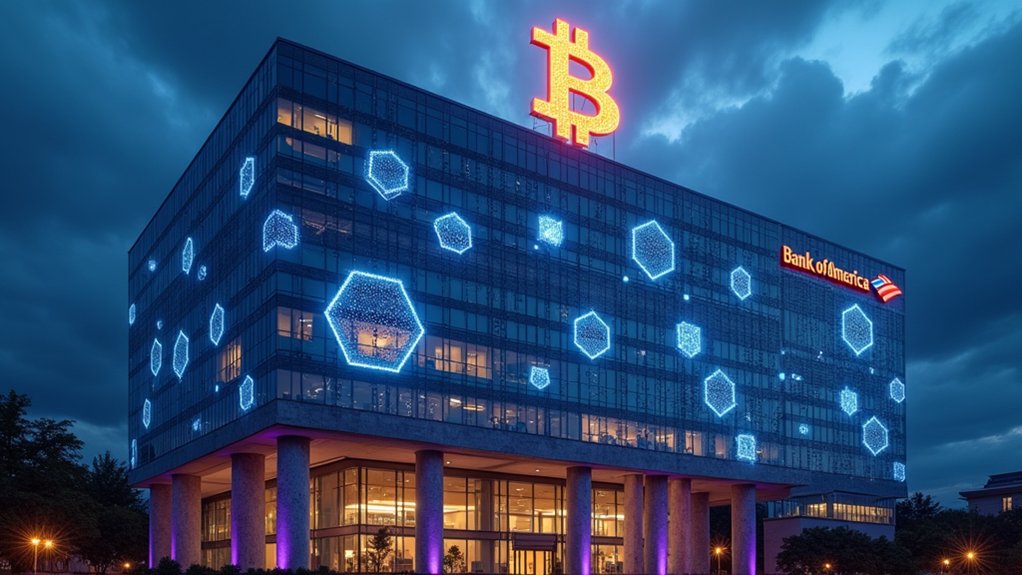The metaverse is a growing network of 3D virtual worlds where people use digital avatars to interact, work, and play together. It combines virtual reality headsets, augmented reality, and high-speed internet to create immersive digital environments. Users can attend virtual concerts, shop in digital stores, learn in virtual classrooms, and even buy or sell virtual items using digital currencies. As technology advances, the metaverse continues to reshape how people connect and experience digital spaces.
Quick Overview
- The Metaverse is a vast network of virtual worlds where users interact, work, and play through digital avatars.
- Users access immersive 3D environments through Virtual Reality headsets and other technologies for real-time experiences.
- It combines physical and digital realities, allowing activities like virtual shopping, learning, socializing, and attending events.
- Virtual economies exist within the Metaverse, enabling users to buy, sell, and trade digital assets using blockchain technology.
- The Metaverse represents the next evolution of the internet, offering new ways to connect and experience digital content.

While many people have heard of the metaverse, it’s still a new concept that’s reshaping how we think about the internet. It’s fundamentally a vast network of virtual worlds where people can interact, work, play, and connect with others in real-time. Think of it as a digital universe where the physical and virtual worlds come together, creating an immersive 3D environment that users can explore using various technologies. The concept originally gained recognition through Neal Stephenson’s “Snow Crash”, which introduced the term to popular culture.
The metaverse isn’t just a single place or platform. It’s made up of different virtual spaces where users create digital versions of themselves called avatars. These avatars can move around, talk to other users, and participate in various activities. It’s like having a digital twin that represents you in this virtual world, allowing you to experience things as if you were really there. Research shows that avatar representation can significantly influence how people behave in both virtual and real-world settings. Users need AR or VR headsets to fully access and experience these immersive environments.
Several key technologies make the metaverse possible. Virtual Reality (VR) headsets transport users into completely digital environments, while Augmented Reality (AR) adds digital elements to the real world. Blockchain technology helps create and track digital ownership of virtual items, and artificial intelligence makes interactions more natural and realistic. High-speed internet and powerful computers are also crucial for running these complex virtual environments smoothly.
The metaverse is already changing how people do everyday activities. Students can attend virtual classrooms where they learn alongside classmates from around the world. Workers can meet in virtual offices, collaborating on projects as if they’re in the same room. Shoppers can try on digital clothes or explore virtual stores, while entertainment fans can attend concerts and events without leaving their homes.
The virtual economy is another significant part of the metaverse. Users can buy, sell, and trade digital items like virtual clothing, artwork, or property. These transactions use digital currencies and are recorded using blockchain technology, ensuring that ownership is clear and secure. It’s creating new opportunities for businesses and changing how people think about value in digital spaces.
As the metaverse continues to develop, it’s becoming more than just a collection of virtual worlds. It’s evolving into a new way of connecting, working, and experiencing digital content. While the technology is still developing, the metaverse represents what many believe will be the next major evolution of the internet, offering new ways for people to interact and engage with digital spaces and each other.
Frequently Asked Questions
Can the Metaverse Help People With Physical Disabilities Experience New Activities?
The metaverse can help people with physical disabilities try activities they might not be able to do in real life. Through virtual reality, they can explore tourist destinations, ride roller coasters, or dance without physical limitations.
It’s also useful for job training, education, and socializing. The technology offers customizable accessibility features like caption options and navigation controls, making virtual experiences more inclusive for people with different disabilities.
What Security Measures Protect Users From Harassment in Virtual Worlds?
Virtual worlds offer several security features to protect users from harassment.
Platform controls include virtual barriers and personal bubbles that keep unwanted avatars at a distance. Users can quickly mute, block, or report troublesome individuals.
There’s also a “Safe Zone” tool for immediate escape from uncomfortable situations. Many platforms have strict workplace policies, professional guidelines, and real-time moderators watching for inappropriate behavior.
Recording options can document incidents for review.
How Will Metaverse Affect Traditional Social Media Platforms?
The metaverse’s impact on traditional social media will be significant.
Facebook, Instagram, and Twitter might see users spending less time on their platforms as people switch to 3D virtual spaces.
These traditional platforms are already adapting by adding virtual reality features and buying metaverse companies.
Users won’t just post photos and text anymore – they’ll meet friends as avatars, shop in virtual stores, and attend digital concerts in immersive 3D environments.
Are There Age Restrictions for Accessing Different Metaverse Environments?
Most metaverse platforms have age restrictions, typically setting 13 as the minimum age.
Meta’s VR social experiences now allow 10-12 year olds with parent approval and supervision. These younger users need parental permission for each contact they make.
For teens 13-17, there’s parental oversight through monitoring tools and content filters.
Different VR headset makers have their own age limits, with most recommending against use by children under 12-13 years old.
Can Metaverse Technology Be Used for Professional Job Training?
Metaverse technology is being widely used for job training across many industries.
It’s proven to be four times more efficient than traditional training methods, with employees retaining 80% of what they learn after a year.
Companies use virtual reality to train workers in sales techniques, equipment repair, and safety procedures without real-world risks.
The technology also helps develop soft skills through virtual interactions and allows remote teams to train together globally.





